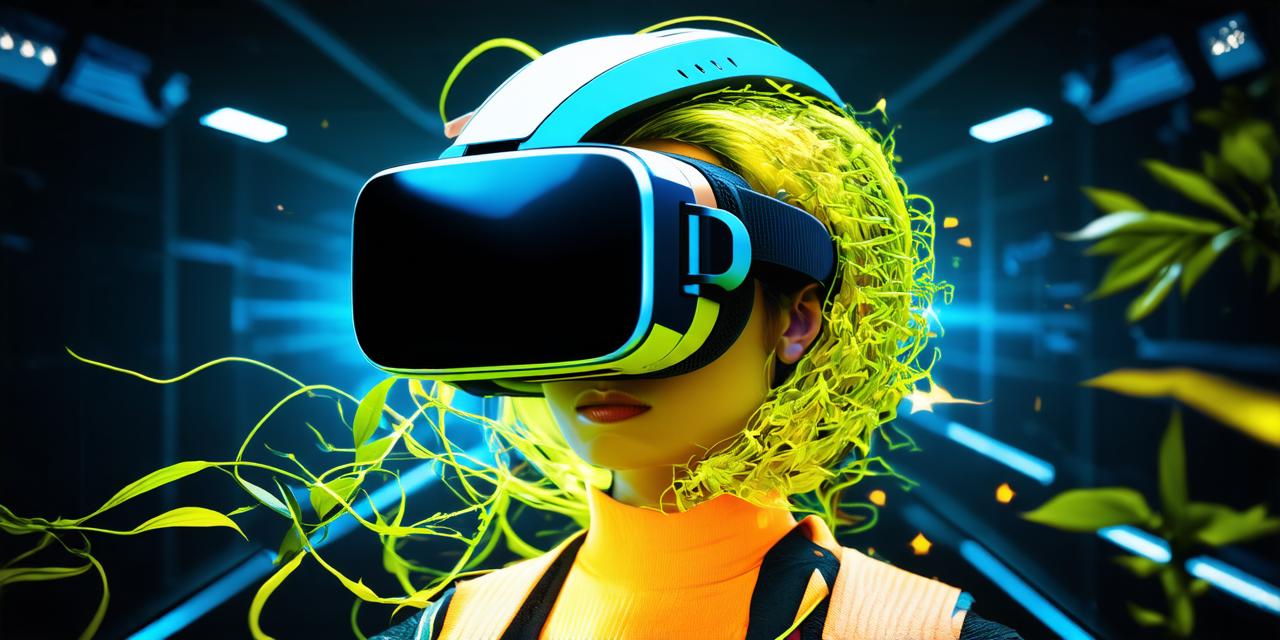
Why virtual reality is the future
Virtual reality (VR) is a technology that allows users to experience a simulated environment in a way that feels as though they are physically present in that environment. With the rapid advancements in VR technology and its increasing popularity, it’s no wonder that many people believe that VR is the future. In this article, we will explore the reasons why virtual reality is the future and how it’s transforming the way we live, work, and play.
The Future of Virtual Reality
Virtual reality technology has been around for a while now, but it’s only in recent years that it has gained significant traction. The advancements in VR technology have made it more accessible and affordable to the general public, which has led to its increasing popularity. With the advent of new VR devices such as Oculus Quest 2, HTC Vive, and PlayStation VR, virtual reality is becoming more immersive and interactive than ever before.
The Rise of Virtual Reality in Entertainment

One of the most significant ways that virtual reality is transforming our lives is through entertainment. With VR, users can experience movies and games in a way that feels as though they are physically present in the story or game world. This has led to the creation of new and innovative forms of entertainment such as virtual concerts, live events, and even VR-based amusement parks.
Virtual reality is also revolutionizing the way we create and consume content. Filmmakers and game developers can now use VR technology to create immersive and interactive experiences that were previously impossible to achieve. This has led to a new era of storytelling and gaming that is more engaging and immersive than ever before.
The Future of Virtual Reality
in Education and Training
Virtual reality is also transforming the way we learn and train. With VR, users can experience simulated environments that are safe and controlled, allowing them to practice skills in a risk-free environment. This has led to significant advancements in medical training, military simulation, and even language learning.
In addition to practical training, virtual reality is also being used to enhance the overall learning experience. Students can now explore historical events, scientific concepts, and cultural experiences in a way that feels as though they are physically present in those environments. This has led to increased engagement, improved retention, and a more immersive learning experience.
The Future of Virtual Reality
in the Workplace
Virtual reality is also transforming the way we work. With VR, users can experience simulated environments that allow them to collaborate with colleagues from anywhere in the world. This has led to increased productivity and efficiency, as well as a more flexible and remote-friendly workplace.
In addition to collaboration, virtual reality is also being used to enhance the overall work experience. Workers can now use VR technology to create immersive simulations of work environments, allowing them to test new ideas and strategies in a safe and controlled environment. This has led to improved decision-making, increased innovation, and a more effective workforce.
The Benefits of Virtual Reality
Virtual reality offers a number of benefits that make it an attractive technology for individuals, businesses, and organizations alike. These include:
- Improved engagement and immersion: Virtual reality offers a level of engagement and immersion that traditional forms of media cannot match. Users can feel as though they are physically present in the environment, which leads to increased motivation and engagement.
- Increased safety: Virtual reality allows users to practice skills in a safe and controlled environment, reducing the risk of injury or harm.
- Improved retention: Virtual reality experiences have been shown to improve retention and memory recall, making them an effective tool for learning and training.
- Increased flexibility and collaboration: Virtual reality allows workers to collaborate with colleagues from anywhere in the world, increasing productivity and efficiency.
- Cost-effective: Virtual reality is becoming more affordable and accessible, making it a cost-effective solution for businesses and organizations.
Case Studies of Virtual Reality in Action
One example of virtual reality in action is the use of VR technology in medical training. The Medical Realities Company has developed a number of VR simulations that allow medical students to practice surgical procedures in a safe and controlled environment.


